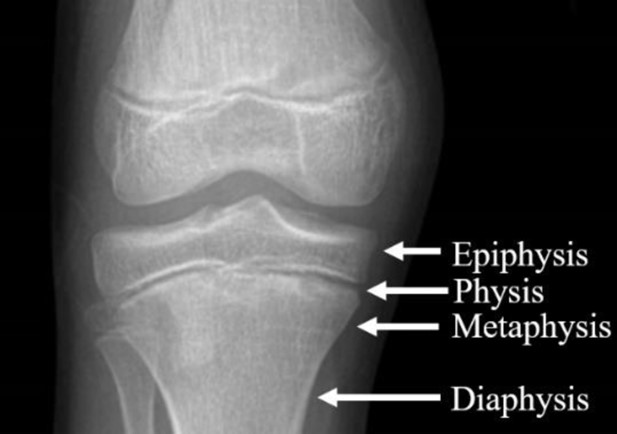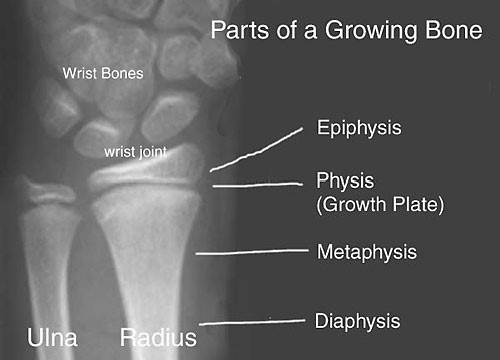What is a landmark on cervical vertebrae that is not on any other type?
Transverse Foramen.
Lamina.
Pedicle.
Spinous Process.
The Correct Answer is A
The transverse foramen is a hole in each transverse process of the cervical vertebrae that allows the passage of the vertebral artery, vein, and nerve.
It is a distinctive feature of the cervical vertebrae and is not found on any other type.
Choice B is incorrect because lamina is a part of the vertebral arch that connects the transverse process to the spinous process.
It is present on all types of vertebrae.
Choice C is incorrect because pedicle is a part of the vertebral arch that connects the vertebral body to the transverse process.
It is present on all types of vertebrae.
Choice D is incorrect because spinous process is a bony projection on the posterior aspect of the vertebral arch that serves as an attachment site for muscles and ligaments.
It is present on all types of vertebrae.
Nursing Test Bank
Naxlex Comprehensive Predictor Exams
Related Questions
Correct Answer is ["epiphyseal analysis"]
Explanation

The epiphysis is the rounded end of the femur that articulates with the hip bone and knee joint.
As a child grows, the epiphysis gradually fuses with the rest of the bone through a process called ossification.
By examining the degree of fusion of the epiphysis with the femur on an X-ray, doctors can estimate the age of the child.

In general, the younger the child, the less fused the epiphysis will be, and the easier it will be to determine the child's age.
However, it's important to note that this method provides only an approximate age range and cannot be used to determine an exact age.
Correct Answer is ["Radial flexion of the wrist"]
Explanation
Radial flexion of the wrist, also known as radial deviation, refers to the movement of the wrist towards the radial (thumb) side of the forearm.
This movement is achieved by the contraction of muscles on the lateral (thumb) side of the forearm.
The joint involved in radial flexion of the wrist is the radiocarpal joint, which is a condyloid joint formed by the articulation between the distal end of the radius bone and the carpal bones of the wrist.
This joint allows for a range of movements, including:
1. Ulnar flexion of the wrist: This refers to the movement of the wrist towards the ulnar (little finger) side of the forearm, which is achieved by the contraction of muscles on the medial (little finger) side of the forearm.
2. Extension of the wrist: This refers to the movement of the wrist backward, away from the palm of the hand.
This movement is achieved by the contraction of muscles on the back of the forearm.
3. Flexion of the wrist: This refers to the movement of the wrist forwards, towards the palm of the hand.
This movement is achieved by the contraction of muscles on the front of the forearm.
4. Adduction of the wrist: This refers to the movement of the wrist towards the midline of the body, which is achieved by the contraction of muscles on the medial (little finger) side of the forearm.
5. Abduction of the wrist: This refers to the movement of the wrist away from the midline of the body, towards the radial (thumb) side of the forearm, which is achieved by the contraction of muscles on the lateral (thumb) side of the forearm.
All of these movements of the radiocarpal joint are important for fine motor skills, such as writing, typing, and playing musical instruments, as well as for everyday activities such as lifting and carrying objects.
Whether you are a student looking to ace your exams or a practicing nurse seeking to enhance your expertise , our nursing education contents will empower you with the confidence and competence to make a difference in the lives of patients and become a respected leader in the healthcare field.
Visit Naxlex, invest in your future and unlock endless possibilities with our unparalleled nursing education contents today
Report Wrong Answer on the Current Question
Do you disagree with the answer? If yes, what is your expected answer? Explain.
Kindly be descriptive with the issue you are facing.
